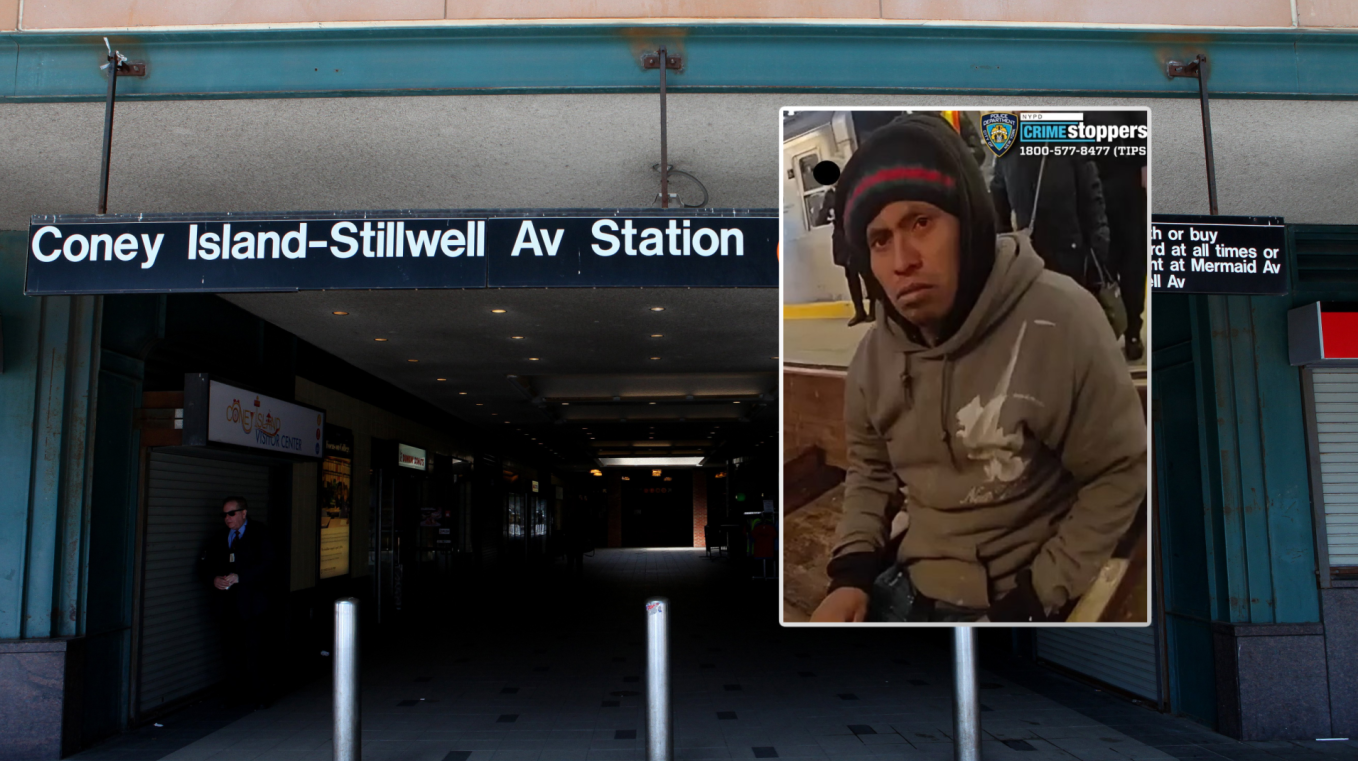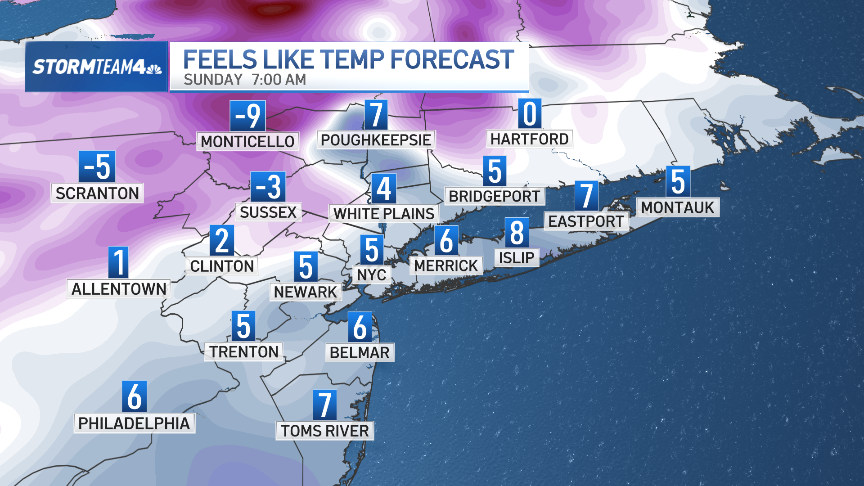There is a chance you might be able to see the Northern Lights, or Aurora Borealis, in upstate New York and Connecticut this weekend.
A large geomagnetic storm is expected to impact Earth and the viewing line is expected to dip into parts of New York state and New England.
Clear skies are expected for the region, which means it’s possible we could see the mesmerizing Northern Lights on Saturday night.
Your best chances of seeing them are to find a dark location, away from light pollution, and look to the north. The best viewing locations in New York will be the upper Hudson Valley, in northern parts of Dutchess, Sullivan and Ulster counties. So it may require a bit of a trek to get to an area where the lights will be most visible.
Get Tri-state area news delivered to your inbox.> Sign up for NBC New York's News Headlines newsletter.
For Connecticut, it will likely be in eastern or northwestern parts of the state.
Even if the amazing lights are not visible to the naked eye, there's a chance to capture them with a long-exposure camera.
News
About the Northern Lights
Earlier this week, the sun released a large amount of energy, known as a Corona Mass Ejection, and when the energy of charged particles interacts with Earth’s atmosphere and comes into contact with oxygen and nitrogen, it creates the colors of the Northern Lights.
How to see the Northern Lights
These tips are from the Space Weather Prediction Center.
- Timing: Best aurora is usually within an hour or two of midnight (between 10 p.m. and 2 a.m. These hours of active aurora expand toward evening and morning as the level of geomagnetic activity increases. There may be aurora in the evening and morning but it is usually not as active and therefore, not as visually appealing.
- The best seasons for aurora watching are around the spring and fall equinoxes. Due to subtleties in the way the solar wind interacts with Earth’s magnetosphere, there is a tendency toward larger geomagnetic storms, and thus better auroras, to occur near the equinoxes. However, the number of hours of darkness increases rapidly near the fall equinox so this caveat must be considered for those traveling to see the aurora.



